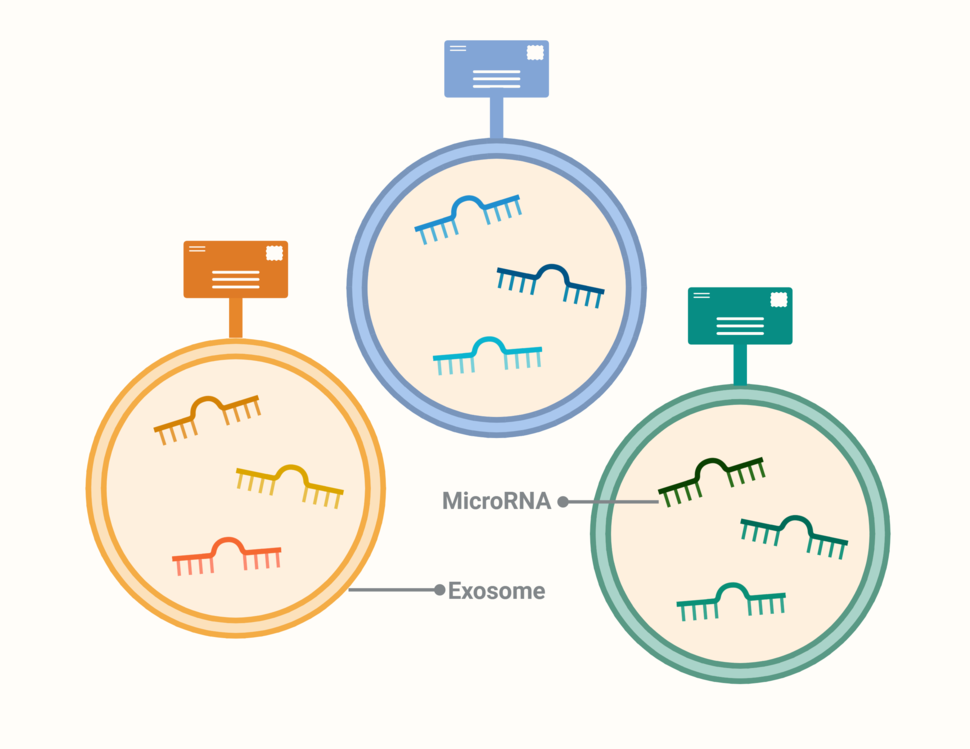Blood Test Accurately Detects Early-Stage Pancreatic Cancer
, by Nadia Jaber
Scientists have developed a blood test that can accurately detect early-stage pancreatic cancer, according to results from a large study. The test is a liquid biopsy, a type of test that uses blood or other bodily fluids to detect or monitor cancer.
For the vast majority of people with pancreatic cancer, their cancer is found when it has already crept into other organs and can’t be removed with surgery. That’s because early-stage disease doesn’t cause obvious symptoms, and there aren’t any reliable tests to check for it.
If pancreatic cancer is caught earlier, however, chances of living for 5 years after diagnosis are much higher: 44% for early-stage disease versus 3% for late-stage disease.
The blood test, developed by Ajay Goel, Ph.D., of City of Hope Duarte Cancer Center in California and his colleagues, analyzes small bits of RNA released by tumors. The new study, which included nearly 1,000 people from several countries, showed that the test accurately detected early- and late-stage pancreatic cancer in a large and diverse group of people.
And when the researchers combined their blood test with one that detects a protein called CA19-9, the combination accurately identified 97% of people with early-stage pancreatic cancer. High accuracy means that a test is not only good at flagging those with cancer, but is also good at not flagging those who don’t have cancer.
Dr. Goel presented the findings at the American Association for Cancer Research annual meeting on April 8. However, the results haven’t yet been peer-reviewed—that is, evaluated for scientific quality and accuracy by other experts in the field.
“Pancreatic cancer is devastating,” said Matthew Young, Ph.D., co–lead program director of NCI’s Pancreatic Cancer Detection Consortium, which funded the study. “Once you're diagnosed [with late-stage disease], you usually have 3 to 6 months to live. So, anything we can do to change that is important.”
But in the general population, where the risk of pancreatic cancer is low, even a test with near perfect accuracy would lead to a lot of false-positive test results, Dr. Young explained. If a test indicates that someone may have pancreatic cancer, they have to get abdominal surgery to see if they truly have the disease, he said.
But for people at higher risk of developing pancreatic cancer, the benefits are more likely to outweigh the harms of a screening test, he added.
“The most effective and practical use of [this] blood test would be in high-risk individuals,” Dr. Goel agreed. That includes people with an inherited genetic mutation that puts them at high risk for pancreatic cancer, people with family members who’ve had pancreatic cancer, and people with chronic pancreatitis or new-onset diabetes.
But the test needs to be studied in more detail before it can be used to screen people for pancreatic cancer, said Howard Crawford, Ph. D., scientific director of the Henry Ford Pancreatic Cancer Center in Michigan, who wasn’t involved in the study.
MicroRNAs for detecting cancer
For more than a decade, researchers have been studying whether microRNAs—a type of RNA—can be used to detect cancer.
MicroRNAs are ideal molecules for cancer detection, Dr. Goel said, because they are abundant and stable in the blood, and tumors release loads of them. Some of those microRNAs are floating freely, while others are packaged in tiny sacs called exosomes.
It’s easy to measure levels of free-floating microRNAs in people with cancer, Dr. Young explained, but it’s hard to tell where in the body those microRNAs—and therefore, the cancer—came from.
Exosome-packaged microRNAs, on the other hand, offer something free-floating ones don’t: a kind of ZIP code. Each organ in the body releases exosomes stamped a unique mark, Dr. Goel explained.
By looking at those markings, the team can tell if exosomes in the blood came from the pancreas, he said.
In an initial study, Dr. Goel and his team found that analyzing both free-floating and exosome-packaged microRNAs proved to be the key for detecting early-stage pancreatic cancer. Among more than 100 people already diagnosed with the disease, the test accurately detected early- and late-stage pancreatic cancer.
“First, the [free-floating microRNAs] are saying, ‘yes, we can detect a cancer.’ Second, the exosomes are saying ‘the cancer is in the pancreas,’” Dr. Young explained.
With promising results from the initial study, the researchers were ready to test their idea on a larger and more diverse group of people.
Validating a liquid biopsy for detecting pancreatic cancer
For the current study, the team collected blood samples from people in Japan, the United States, South Korea, and China. About 500 of the participants had confirmed pancreatic cancer (including early- and late-stage disease); the other participants were considered healthy controls.
In the Japanese group, or cohort, the microRNA analysis could distinguish between people with and without pancreatic cancer. The test was then validated in the other three cohorts, resulting in an accuracy of 93% in the US cohort, 91% in the Korean cohort, and 88% in the Chinese cohort.
For detecting early-stage pancreatic cancer in the US cohort, the microRNA analysis had an accuracy of 91% on its own and 97% when combined with a test for CA19-9. In the researchers’ initial study, the accuracy of CA19-9 alone was 86% for early-stage pancreatic cancer.
Follow-up studies to answer important questions
The researchers are now applying their microRNA test to blood samples collected via NCI’s Prostate, Lung, Colorectal, and Ovarian Cancer Screening Trial.
Because those samples were collected years before some participants received a cancer diagnosis, the analysis will determine whether their test can find pancreatic cancer before traditional diagnostic tests like CT scans can pick it up , Dr. Goel said.
The accuracy of the test also needs to be checked in people with certain diseases, Dr. Crawford said.
“Pancreatic cancer and chronic pancreatitis have many cellular and molecular features in common, so it is essential that chronic pancreatitis patients are included in follow-up studies,” he explained.
“Many promising early detection techniques have fallen down when trying to distinguish pancreatic cancer from non-cancerous pancreatic disease, more specifically chronic pancreatitis,” he added.
People with cancers “that share common mutations with pancreatic cancer, such as lung and colorectal cancers” should also be included in future studies, Dr. Crawford noted. That would ensure the test is picking up signals specifically from pancreatic cancer and not another type of cancer, he explained.
And, ultimately, the only way to know if a cancer screening test truly benefits patients is if it reduces deaths from cancer in a randomized clinical trial.

